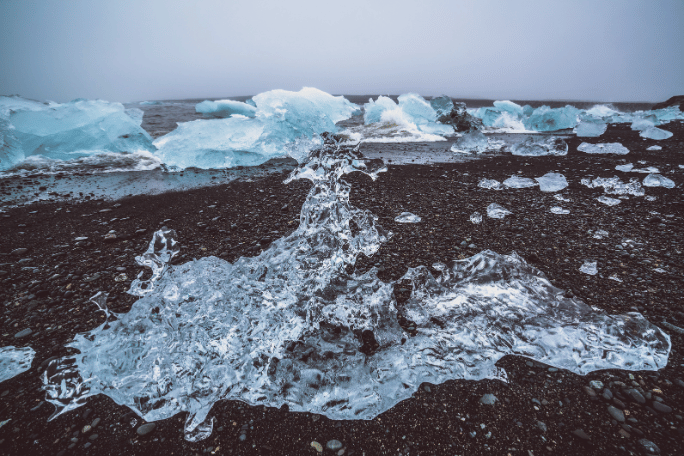Lesson summary
In this activity students explain the difference between climate and weather, and investigate past weather and climate events. Students begin the activity by engaging in a class discussion around weather and climate. They then break into groups and create an infographic that compares weather and climate, and includes examples of historical weather and climatic events. Students present their infographics to the class.
Learning intentions:
Students will...
- understand the differences between climate and weather
- understand the relationship between climate and weather
- recognise examples of past climate and weather events.
Lesson guides and printables
Lesson details
Curriculum mapping
Australian Curriculum content descriptions:
Year 3 Geography:
- The main climate types of the world and the similarities and differences between the climates of different places (ACHASSK068)
- Locate and collect information and data from different sources, including observations (ACHASSI053)
- Record, sort and represent data and the location of places and their characteristics in different formats, including simple graphs, tables and maps, using discipline-appropriate conventions (ACHASSI054)
- Draw simple conclusions based on analysis of information and data (ACHASSI058)
- Present ideas, findings and conclusions in texts and modes that incorporate digital and non-digital representations and discipline-specific terms (ACHASSI061)
Year 4 Science:
- Earth’s surface changes over time as a result of natural processes and human activity (ACSSU075)
- Represent and communicate ideas and findings in a variety of ways such as diagrams, physical representations and simple reports (ACSIS071)
Year 4 Geography:
- Locate and collect information and data from different sources, including observations (ACHASSI074)
- Record, sort and represent data and the location of places and their characteristics in different formats, including simple graphs, tables and maps, using discipline-appropriate conventions (ACHASSI075)
- Present ideas, findings and conclusions in texts and modes that incorporate digital and non-digital representations and discipline-specific terms (ACHASSI082)
Syllabus Outcomes: GE2-1, GE2-4, ST2-4WS, ST2-8ES.
Time required: 60 mins
Level of teacher scaffolding: Medium – oversee activity, facilitate discussion
General capabilities: ICT capability, Critical and creative thinking.
Cross-curriculum priority: Sustainability OI.1.
Resources required
- Internet access
- Student worksheet
Additional info
This lesson has been created in partnership with WWF-Australia. Earth Hour is the world’s largest community-driven climate change campaign. At the centre of Earth Hour is switching off lights to show a commitment to taking action.
Thousands of teachers use Earth Hour’s education program to enrich their curriculum and provide pathways for young people to create change in their world.
For the most up to date Earth Hour dates, times, and events, check here.


Welcome back!
Don't have an account yet?
Log in with:
By signing up to Cool.org you consent and agree to Cool's privacy policy to
store, manage and process your personal information. To read more, please see
our privacy policy here(Opens in new tab).
Create your free Cool.org account.
Many of our resources are free, with an option to upgrade to Cool+ for premium content.
Already have an account?
Sign up with:
By signing up to Cool.org you consent and agree to Cool's privacy policy to
store, manage and process your personal information. To read more, please see
our privacy policy here(Opens in new tab).